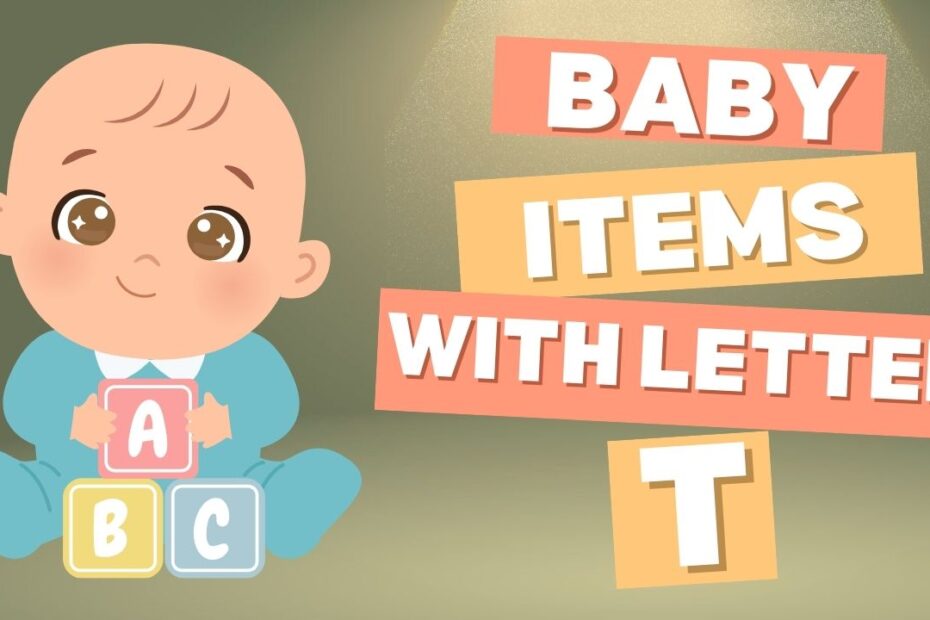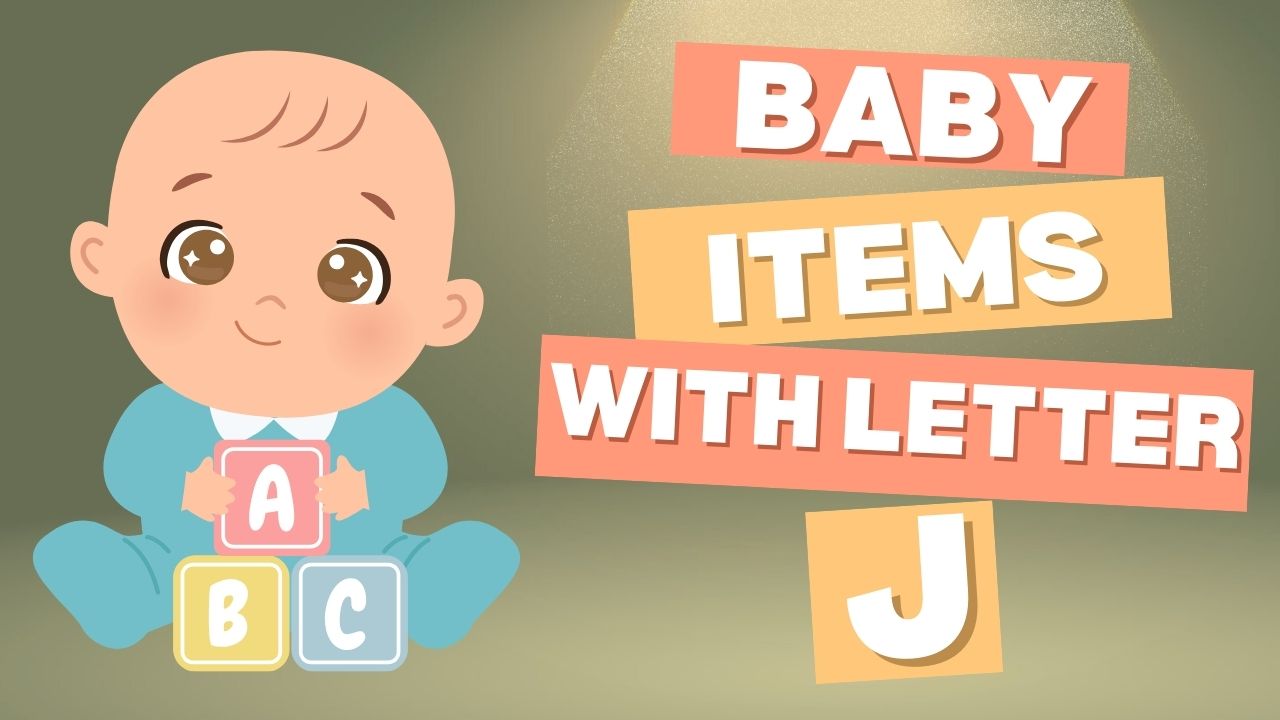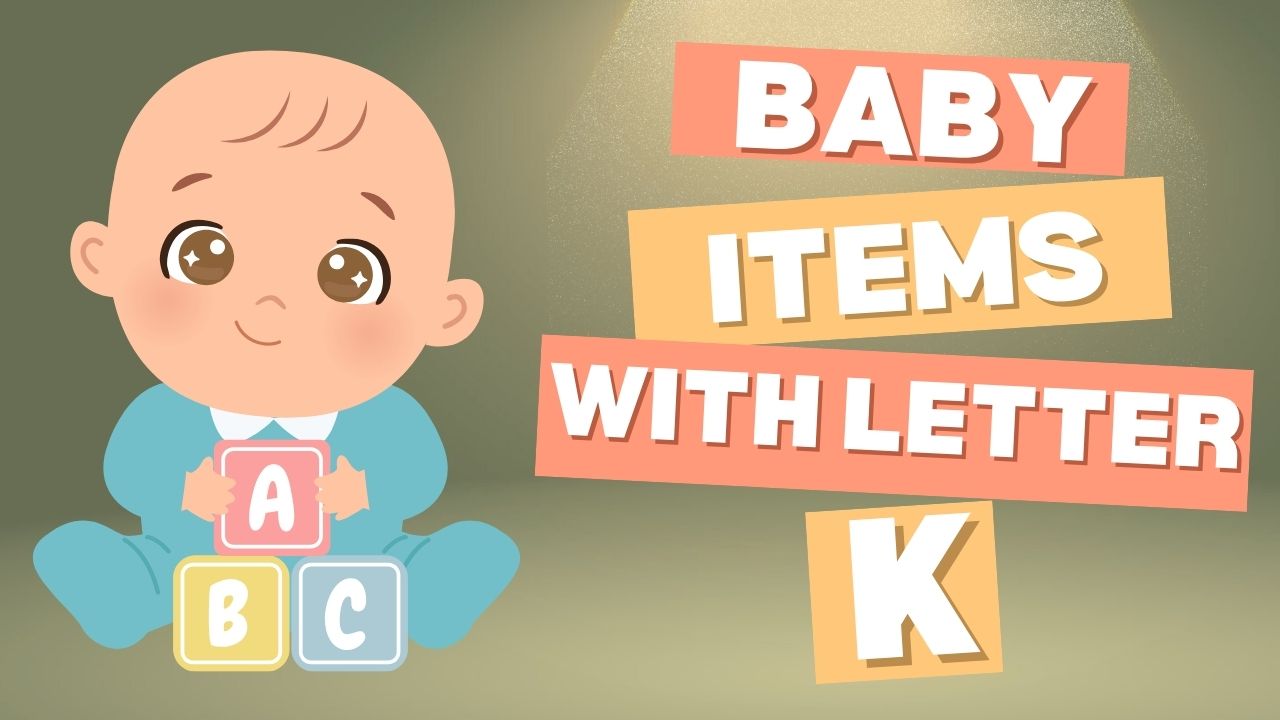In the world of parenting, there’s an abundance of products designed to make life easier for both babies and their caregivers. This article focuses on essential baby items that start with the letter T, providing a detailed exploration of their uses, benefits, and considerations for new parents.
Teething Toys
Teething is a significant milestone in a baby’s development, often accompanied by discomfort and irritability. Teething toys are designed to provide relief and stimulation during this challenging phase.
Types of Teething Toys
- Silicone Teethers: These soft, flexible toys are gentle on baby’s gums and often feature various textures to provide different sensations.
- Wooden Teethers: Made from natural materials, wooden teethers are durable and free from harmful chemicals. They often come in simple shapes like rings or animals.
- Water-filled Teethers: These can be refrigerated to provide a cooling effect, offering additional relief to sore gums.
Benefits of Teething Toys
- Pain Relief: The pressure applied when chewing on teethers can help alleviate discomfort caused by emerging teeth.
- Sensory Development: Different textures and materials stimulate a baby’s senses and promote tactile exploration.
- Motor Skills: Grasping and manipulating teethers helps develop fine motor skills and hand-eye coordination.
Safety Considerations
When selecting teething toys, prioritize safety:
- Choose age-appropriate teethers
- Ensure the toy is free from small parts that could pose a choking hazard
- Regularly inspect teethers for signs of wear and tear
- Clean and sterilize teethers frequently to prevent bacterial growth
Travel Systems
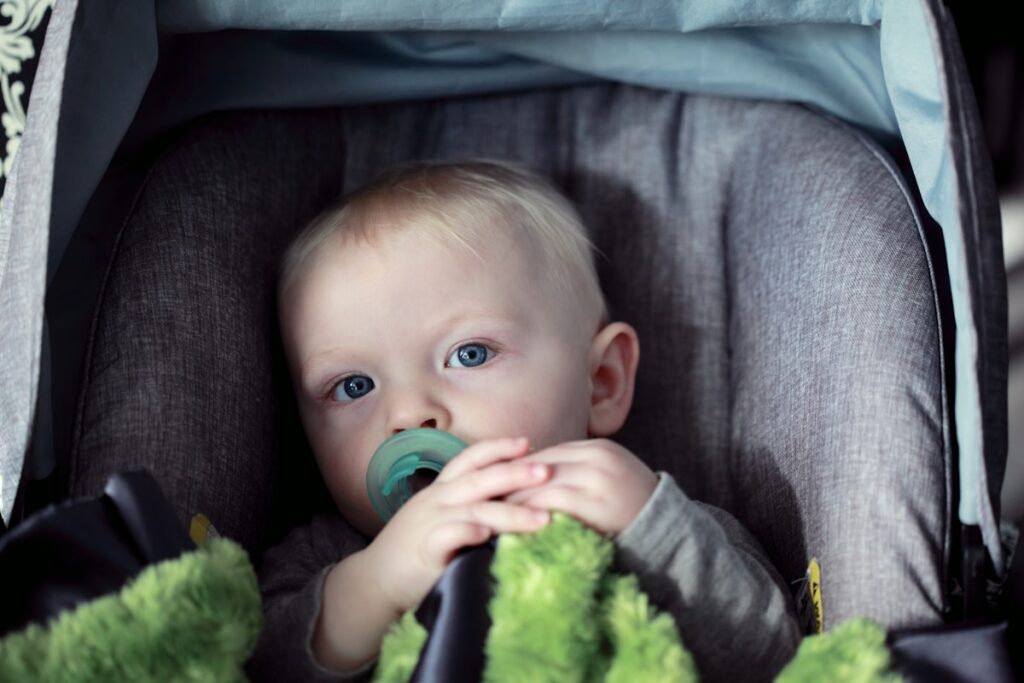
A travel system is a comprehensive solution for parents on the go, typically consisting of a car seat that can be easily attached to and detached from a stroller frame.
Components of a Travel System
- Infant Car Seat: Designed for newborns and infants, these rear-facing seats provide crucial protection during car rides.
- Stroller Frame: A lightweight frame that allows the car seat to be clicked into place, transforming it into a stroller.
- Full-size Stroller: Many travel systems include a regular stroller that can be used as the child grows.
Advantages of Travel Systems
- Convenience: Easily transition from car to stroller without disturbing a sleeping baby.
- Cost-effective: Purchasing a travel system is often more economical than buying individual components.
- Compatibility: All parts are designed to work together seamlessly, eliminating concerns about fit and safety.
Factors to Consider When Choosing a Travel System
- Weight and Size: Consider the combined weight of the car seat and stroller, especially if you’ll be lifting it frequently.
- Ease of Use: Look for systems with intuitive mechanisms for attaching and detaching the car seat.
- Longevity: Some travel systems offer convertible options that grow with your child.
- Safety Features: Ensure the car seat meets or exceeds safety standards and has good crash test ratings.
Thermometers
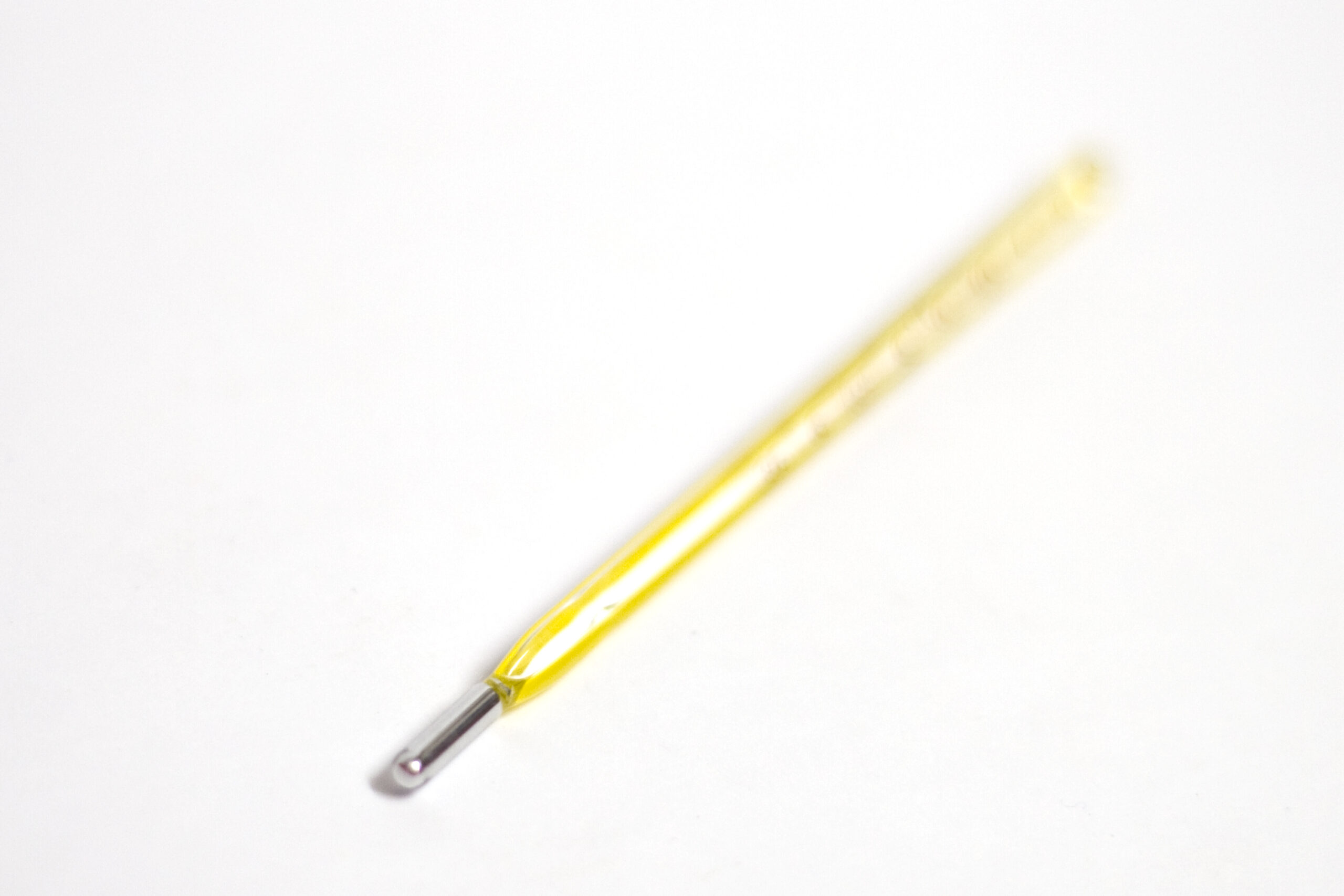
Monitoring a baby’s temperature is crucial for detecting illness early and ensuring proper care. There are several types of thermometers suitable for infants and young children.
Types of Baby Thermometers
- Digital Thermometers: These versatile devices can be used for rectal, oral, or axillary (armpit) readings.
- Temporal Artery Thermometers: These scan the forehead to measure temperature and are less invasive than other methods.
- Tympanic Thermometers: Designed to measure temperature in the ear canal, these are quick but may be less accurate for very young infants.
Choosing the Right Thermometer
- Age Appropriateness: Rectal thermometers are often recommended for infants under 3 months due to their accuracy.
- Ease of Use: Consider how simple the thermometer is to operate, especially during nighttime checks.
- Response Time: Look for thermometers that provide quick readings to minimize discomfort for the baby.
- Additional Features: Some thermometers offer memory functions or fever alerts.
Tips for Taking a Baby’s Temperature
- Always follow the manufacturer’s instructions for proper use
- For rectal temperatures, use a dedicated thermometer and mark it clearly to avoid confusion
- Clean the thermometer thoroughly with soap and water or alcohol wipes before and after each use
Tummy Time Mats
Tummy time is crucial for a baby’s development, helping to strengthen neck, shoulder, and arm muscles while preventing flat spots on the head. Tummy time mats provide a safe, comfortable, and stimulating environment for this important activity.
Features of Tummy Time Mats
- Padding: A well-cushioned surface protects the baby from hard floors.
- Engaging Elements: Many mats include mirrors, crinkly textures, and attachable toys to capture the baby’s attention.
- Portability: Foldable or rollable designs make it easy to use the mat in different locations or while traveling.
Benefits of Tummy Time Mats
- Physical Development: Regular tummy time strengthens core muscles, preparing babies for crawling and sitting up.
- Sensory Stimulation: Various textures, colors, and sounds on the mat engage multiple senses.
- Cognitive Growth: Interactive elements encourage exploration and learning.
Choosing the Right Tummy Time Mat
Consider factors such as:
- Size and thickness of the mat
- Ease of cleaning (machine washable options are ideal)
- Age-appropriate features
- Non-toxic materials
Training Cups
As babies transition from bottles to regular cups, training cups serve as an important intermediary step. These cups help develop fine motor skills and independence in drinking.
Types of Training Cups
- Sippy Cups: Feature a spill-proof spout and are typically the first step in transitioning from bottles.
- Straw Cups: Encourage a more natural drinking position and can be used for a longer period.
- 360-Degree Cups: Allow drinking from any edge of the cup, mimicking a regular open cup while minimizing spills.
Advantages of Training Cups
- Spill Reduction: Most designs incorporate spill-proof features, making them ideal for on-the-go use.
- Dental Health: Proper use of training cups can support the transition away from bottles, which is important for dental development.
- Independence: Encourage self-feeding skills and boost confidence.
Considerations When Selecting Training Cups
- Material: Options include plastic, silicone, and stainless steel. Consider durability, potential for leaching chemicals, and ease of cleaning.
- Ease of Cleaning: Look for cups that can be easily disassembled for thorough cleaning.
- Handle Design: Some cups feature ergonomic handles to make grasping easier for small hands.
- Valve System: While valves prevent spills, they can make sucking more difficult. Balance spill-proofing with ease of drinking.
Towels and Washcloths
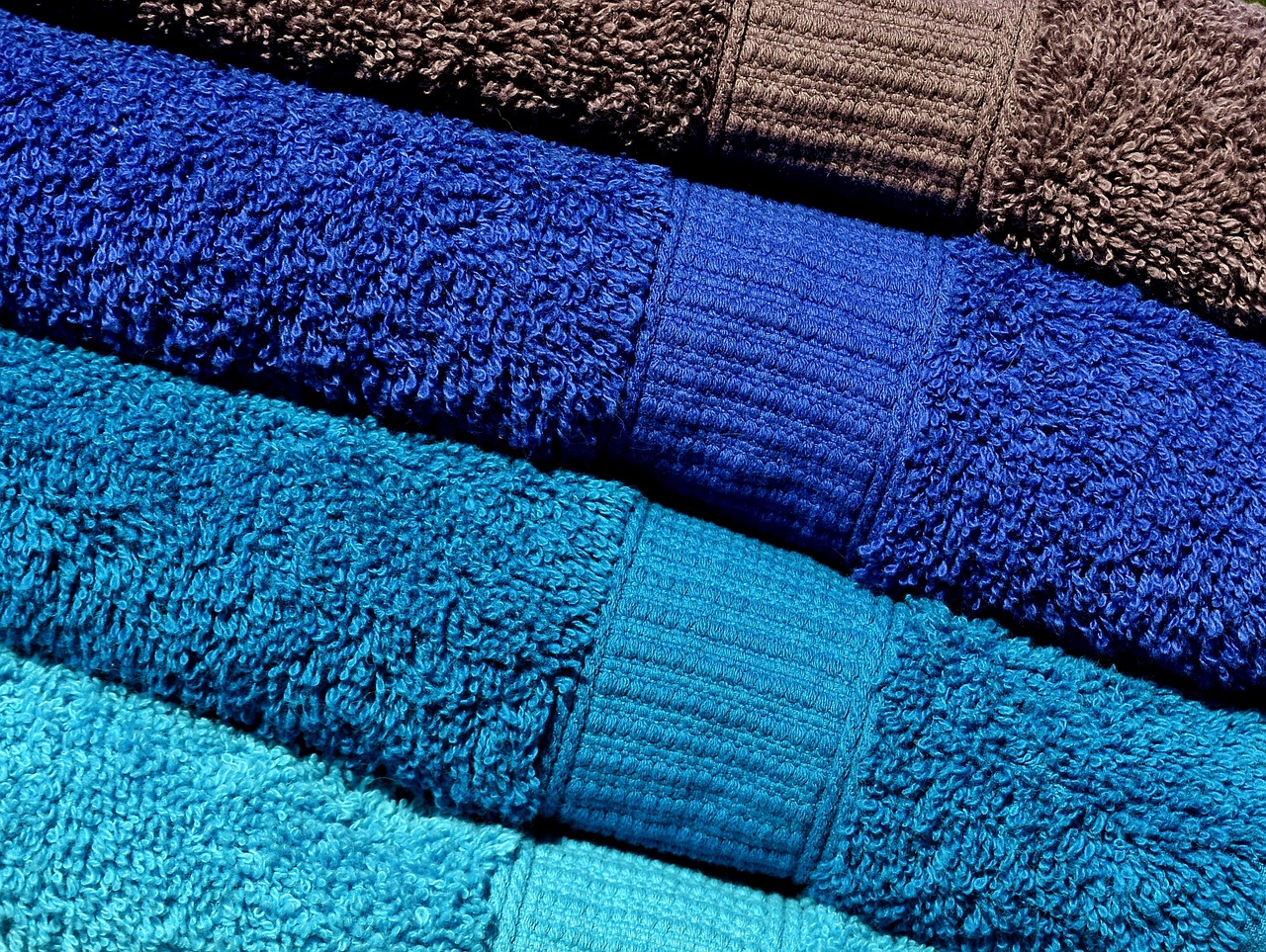
Soft, absorbent towels and washcloths are essential for bath time and general care of a baby’s delicate skin.
Characteristics of Baby Towels and Washcloths
- Material: Often made from cotton, bamboo, or microfiber for gentleness and absorbency.
- Size: Baby towels are typically smaller than adult towels, with some featuring a hooded design for extra warmth.
- Thickness: Should be plush enough to be absorbent but not so thick that it’s difficult to maneuver around a small baby.
Benefits of Specialized Baby Towels and Washcloths
- Skin Protection: Soft materials are gentle on a baby’s sensitive skin.
- Temperature Regulation: Hooded towels help keep babies warm after bath time.
- Hygiene: Having dedicated baby towels helps prevent the spread of bacteria between family members.
Choosing and Caring for Baby Towels and Washcloths
- Look for towels with reinforced edges to prevent fraying
- Consider sets that include matching washcloths for convenience
- Opt for hypoallergenic materials if your baby has sensitive skin
- Wash new towels and washcloths before first use to remove any manufacturing residues
- Use a mild, fragrance-free detergent to wash baby’s linens
Toys
Toys play a crucial role in a baby’s development, stimulating their senses, encouraging exploration, and fostering cognitive growth. Here’s an overview of essential toys that start with T for different stages of infancy and early toddlerhood.
Tactile Balls
Tactile balls are designed to engage a baby’s sense of touch and promote sensory development.
- Features: Various textures, sizes, and colors
- Benefits: Enhances tactile sensitivity, hand-eye coordination, and grip strength
- Age Range: Suitable from 3 months onwards, depending on the specific design
Toy Telephones
While not a real communication device, toy telephones help develop language skills and encourage imaginative play.
- Types: Range from simple plastic models to interactive electronic versions
- Developmental Benefits: Promotes language development, social skills, and pretend play
- Age Appropriateness: Typically suitable for babies 12 months and older
Tunnels
Crawling tunnels provide an exciting space for exploration and physical activity.
- Design: Often made of fabric with collapsible frames for easy storage
- Advantages: Encourages gross motor skills, spatial awareness, and adventurous play
- Safety Considerations: Ensure the tunnel is sturdy and well-ventilated
Toy Trucks
Toy trucks introduce concepts of movement and can be a gateway to more complex pretend play scenarios.
- Varieties: Include dump trucks, fire trucks, and construction vehicles
- Skills Developed: Fine motor skills, cause-and-effect understanding, and imaginative play
- Materials: Look for trucks made from durable, non-toxic materials
Teepees
Teepees have become a popular addition to nurseries and playrooms, offering a cozy retreat for babies and toddlers.
Features of Baby Teepees
- Size: Typically smaller than adult-sized teepees, designed to fit comfortably in a room
- Materials: Often made from cotton canvas or other breathable fabrics
- Design: May include windows, roll-up doors, and floor mats
Benefits of Teepees
- Safe Space: Provides a sense of security and a personal area for the child
- Imaginative Play: Encourages creativity and pretend play scenarios
- Reading Nook: Creates a cozy spot for storytelling and quiet time
Choosing a Baby Teepee
Consider factors such as:
- Stability of the structure
- Ease of assembly and disassembly
- Washability of the fabric
- Size in relation to your available space
Toothbrushes
/im
Introducing oral hygiene early is crucial for a baby’s health. Baby toothbrushes are designed specifically for infant mouths and emerging teeth.
Types of Baby Toothbrushes
- Finger Toothbrushes: Silicone brushes that fit over an adult’s finger, ideal for infants
- Training Toothbrushes: Feature short, soft bristles and chunky handles for easy gripping
- Electric Toothbrushes: Gentle vibrating brushes designed for toddlers
Importance of Early Dental Care
- Establishes good oral hygiene habits
- Prevents early childhood caries (tooth decay)
- Familiarizes the baby with the sensation of brushing
Choosing and Using Baby Toothbrushes
- Select age-appropriate brushes with extra-soft bristles
- Look for non-toxic materials and BPA-free plastics
- Start brushing as soon as the first tooth appears
- Use a rice-grain sized amount of fluoride toothpaste for children under 3 years old
Toy Storage
Organizing baby toys is essential for maintaining a tidy space and ensuring toys are easily accessible for play.
Types of Toy Storage Solutions
- Toy Boxes: Large containers that can store a variety of toys
- Toy Organizers: Multi-bin systems that allow for categorization of toys
- Toy Nets: Hanging storage solutions that save floor space
- Toy Baskets: Soft, portable containers that blend with home decor
Benefits of Proper Toy Storage
- Teaches organizational skills and tidying habits
- Reduces clutter and potential tripping hazards
- Makes toy rotation easier, keeping playtime fresh and engaging
Considerations for Toy Storage
- Safety features like soft-close lids or rounded edges
- Durability to withstand frequent use
- Ease of cleaning
- Accessibility for the child to encourage independent play and clean-up
By incorporating these “T” items into your baby care routine, you can create a nurturing, stimulating, and organized environment for your little one’s growth and development. Remember to always prioritize safety, age-appropriateness, and your family’s specific needs when selecting and using these products.
